The Backbone of Oceangoing ASW
During their careers with the USN Tracker squadrons often operated as components of Antisubmarine Warfare Air Groups (CVGSs) aboard Essex-class carriers designated as antisubmarine carriers with the CVS- prefix. Examples include USS Yorktown (CVS-10), USS Hornet (CVS-12), USS Wasp (CVS-18), USS Bennington (CVS-20), and many more. A total of 18 Essex-class carriers, both straight deck and angled deck types, carried the CVS designation at some point during their careers. Several of these carriers also made Western Pacific (WestPac) deployments to Southeast Asia during the Vietnam War. The only combat loss of a Tracker occurred there.
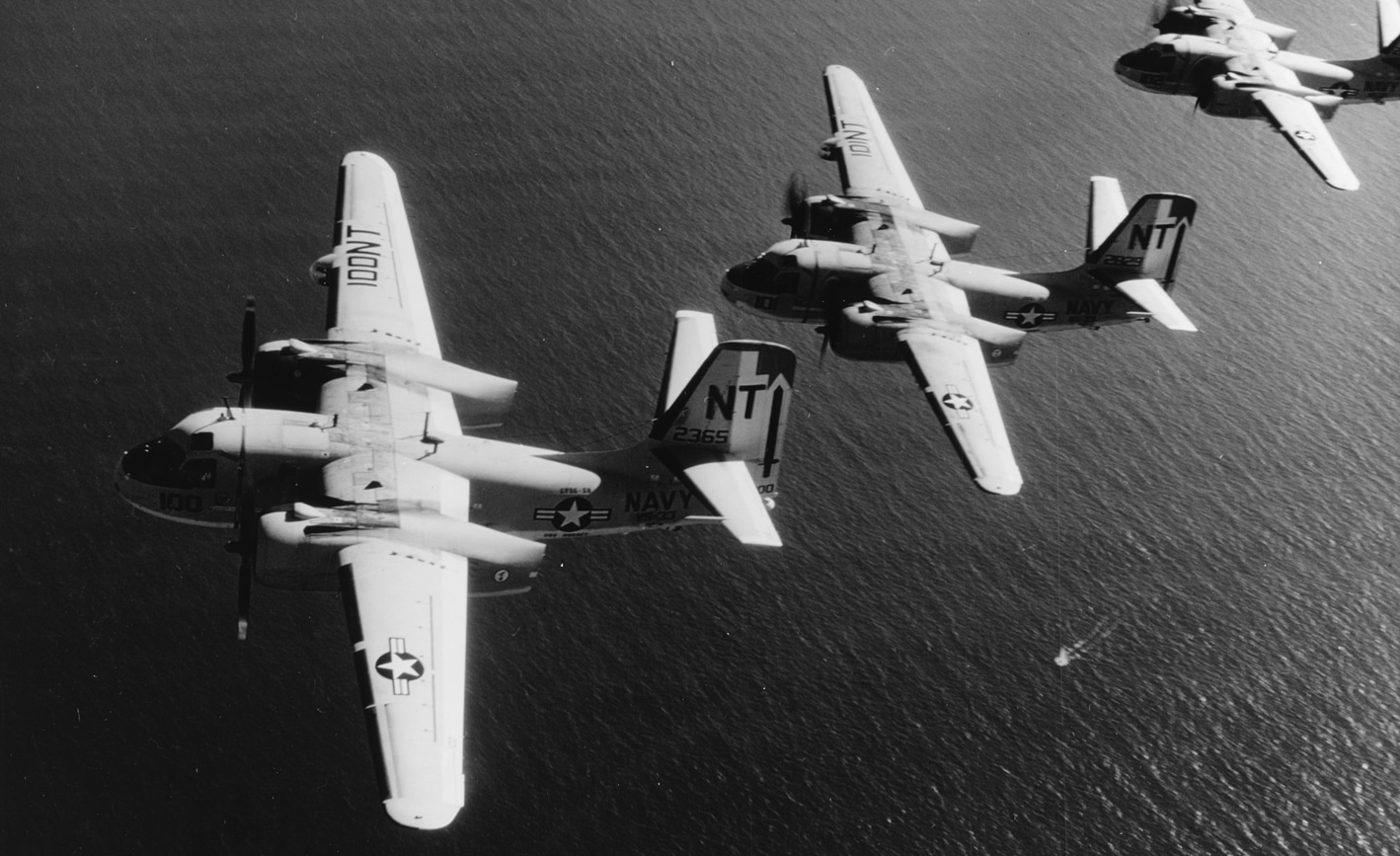
Supporting Cast
When deployed aboard CVS carriers the CVSGs often consisted of two fixed-wing antisubmarine (VS) squadrons flying S2F/S-2 Trackers, a single (sometimes two) rotary wing antisubmarine (HS) squadron flying Sikorsky HSS-1/SH-34G Seabat helicopters, and detachments of airborne early warning Grumman WF-2/E-1B Tracer aircraft. Occasionally a detachment of Douglas A-4 Skyhawks would deploy aboard the antisubmarine carriers to provide an airborne defensive capability. The business of these ships was to keep track of Soviet submarines, but they also functioned as primary recovery ships (PRSs) for NASA spacecraft returning from space.

Winding Down and Bowing Out
As Trackers approached the twilight of their stellar operational service with the USN they were replaced by Lockheed’s S-3A Viking. VS-37 Sawbucks were the last active duty antisubmarine squadron to retire their S-2G Trackers, doing so during August of 1976. Naval Air Station (NAS) Corpus Christi-based Training Squadron TWO EIGHT (VT-28) Rangers retired their last TS-2A Trackers in 1979, replacing them with the turbine-engine Beechcraft T-44A Pegasus. The very last operational Tracker was an ES-2D retired from the Pacific Missile Range Facility at Kwajalein in March of 1986.

No Job Was Too Big or Too Small for the S2F
Stoofs piled up over six million flight hours with an overall mishap rate of 0.69 per each 10,000 of those flight hours. They also made close to 750,000 arrested landings aboard USN aircraft carriers. A Tracker was the very first aircraft launched by steam catapult, shot from the deck of the Essex-class carrier USS Hancock (CVA-19). Trackers flew thousands of sorties in support of the Navy’s critical need to track the Soviet submarine menace during the Cuban Missile Crisis and around the world during 32 Cold War years. They also served as proficiency currency aircraft at Naval Reserve facilities and Air Stations worldwide, towed aerial targets, hauled ‘trash”, and in general worked hard to earn their keep.
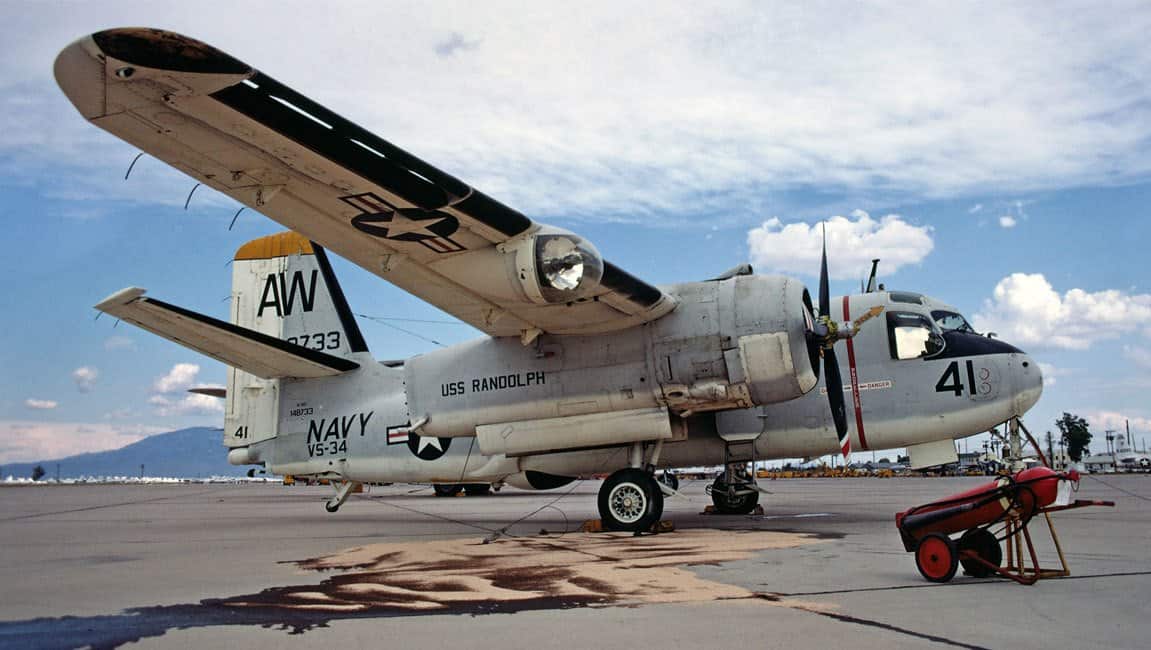
Production and Foreign Operators
Grumman built a total of 1,284 Tracker airframes. De Havilland Canada built an additional 99 Trackers, all derivatives of the S2F-1/S-2A variant. The Canadians operated their Trackers (designated CS2F and later CP-121) from both shore bases and the Canadian aircraft carrier HMCS Bonaventure (RML-22, RRSM-22, CVL-22). Canadian Trackers were retired after 34 years of service in 1990. Foreign operators of the Tracker series include Argentina, Australia, Brazil, Canada, Italy, Japan, the Netherlands, Peru, South Korea, Taiwan, Thailand, Turkey, Uruguay, and Venezuela.
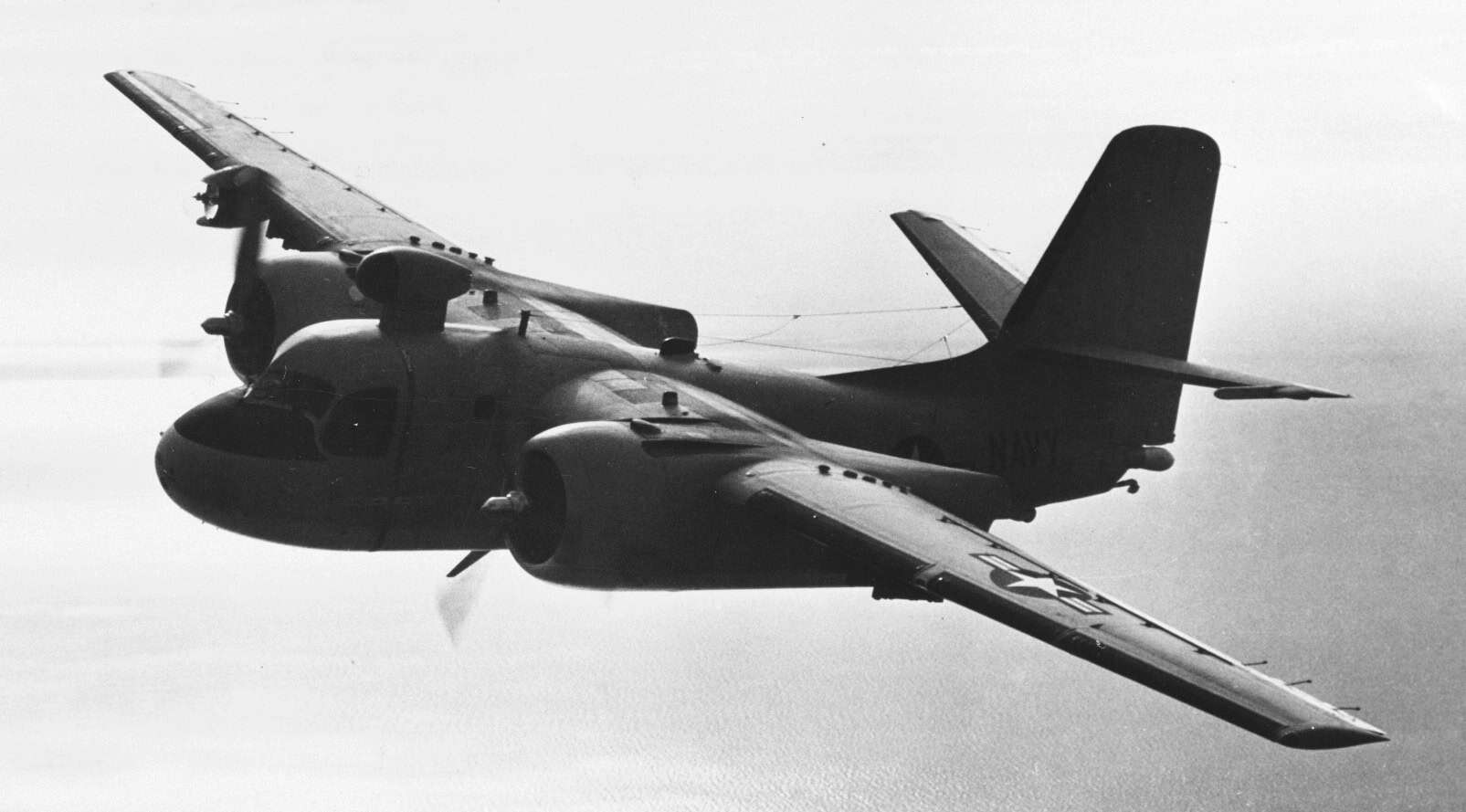
Stoofs Down Under
The Australians operated Trackers from their base at NAS Nowra (AKA HMAS Albatross). These Aussie S-2E and S-2G variants operated from the Australian carrier HMAS Melbourne (R21). On December 4th 1976 a hangar fire at NAS Nowra destroyed nine of the 12 S-2E aircraft stored inside, necessitating their replacement with ex-USN S-2G Trackers. Australia finally retired their S-2Gs in 1984. Argentina and Brazil also operated Trackers from aircraft carriers.

Second Careers and Uprated Powerplants
Many retired Trackers became firefighting aircraft. Conair Aviation of Canada converted former USN and Canadian Trackers into piston engine Firecats beginning in 1978 and turbine engine Turbo Firecats beginning in 1988. A total of 35 Conair Firecats were placed in service with aerial firefighting agencies. Marsh Aviation of Mesa in Arizona also converted Trackers to turbine power for both aerial firefighting and for the Argentinian Navy. The California Department of Forestry (CDF- now CalFire) and Aero Union also used piston engine and turbine engine Trackers for aerial firefighting. Some of the designations used for firefighting Trackers include S-2F3ATT, TS-2A(FF), and S-2A(FF). Many of these conversions resulted in single-seat aircraft.
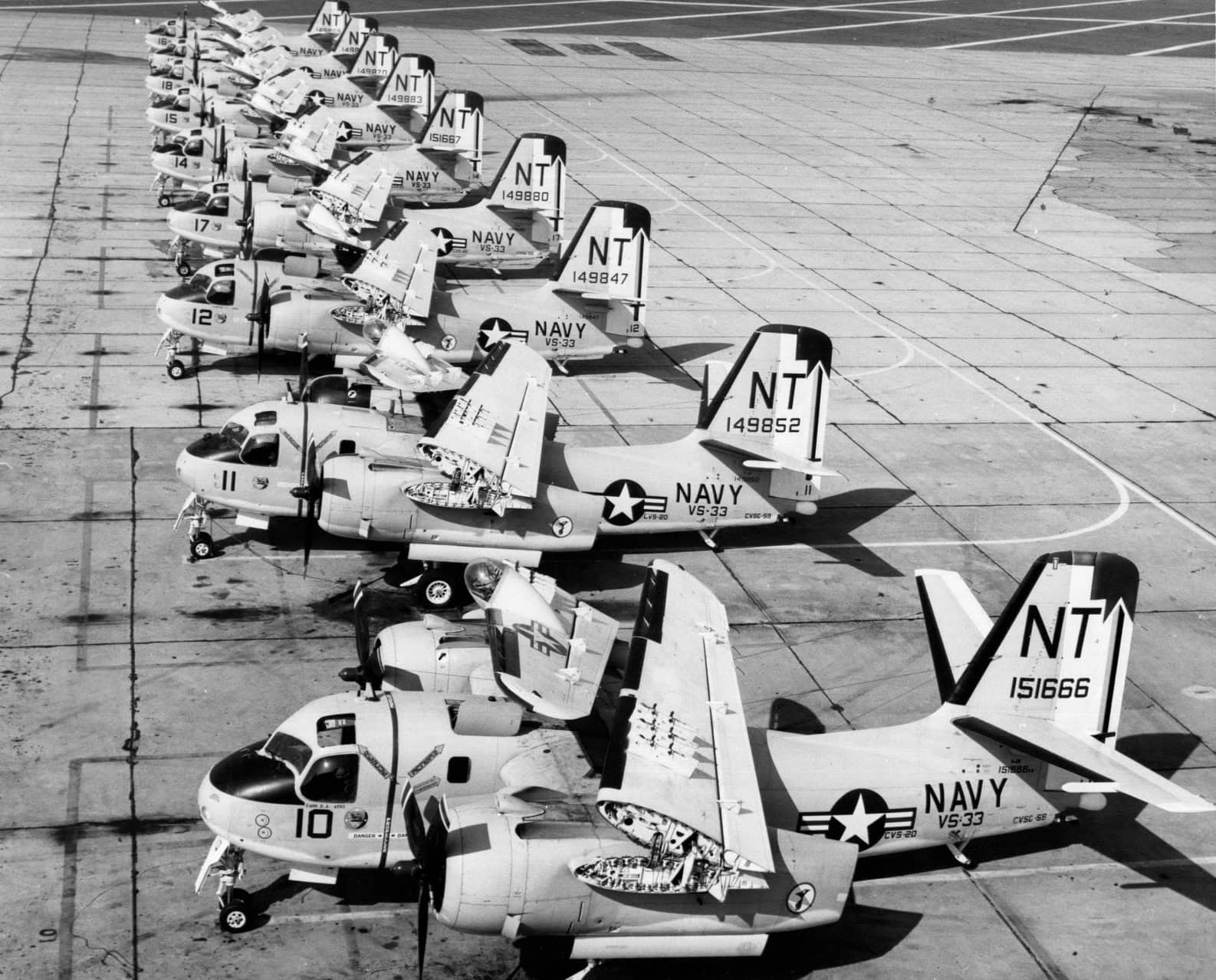
What a Warbird!
Today there are about ten operational privately-owned Trackers aside from those in service as aerial firefighters. There are also many of them in storage around the world. It’s almost as if their respective owners are holding on to these versatile old warriors just because they might find a new use for them. In fact it has been said that the Tracker was the most versatile aircraft of its time, and judging by the sheer number of uses for which the airframe has been adapted and used over the years it’s not hard to see why!
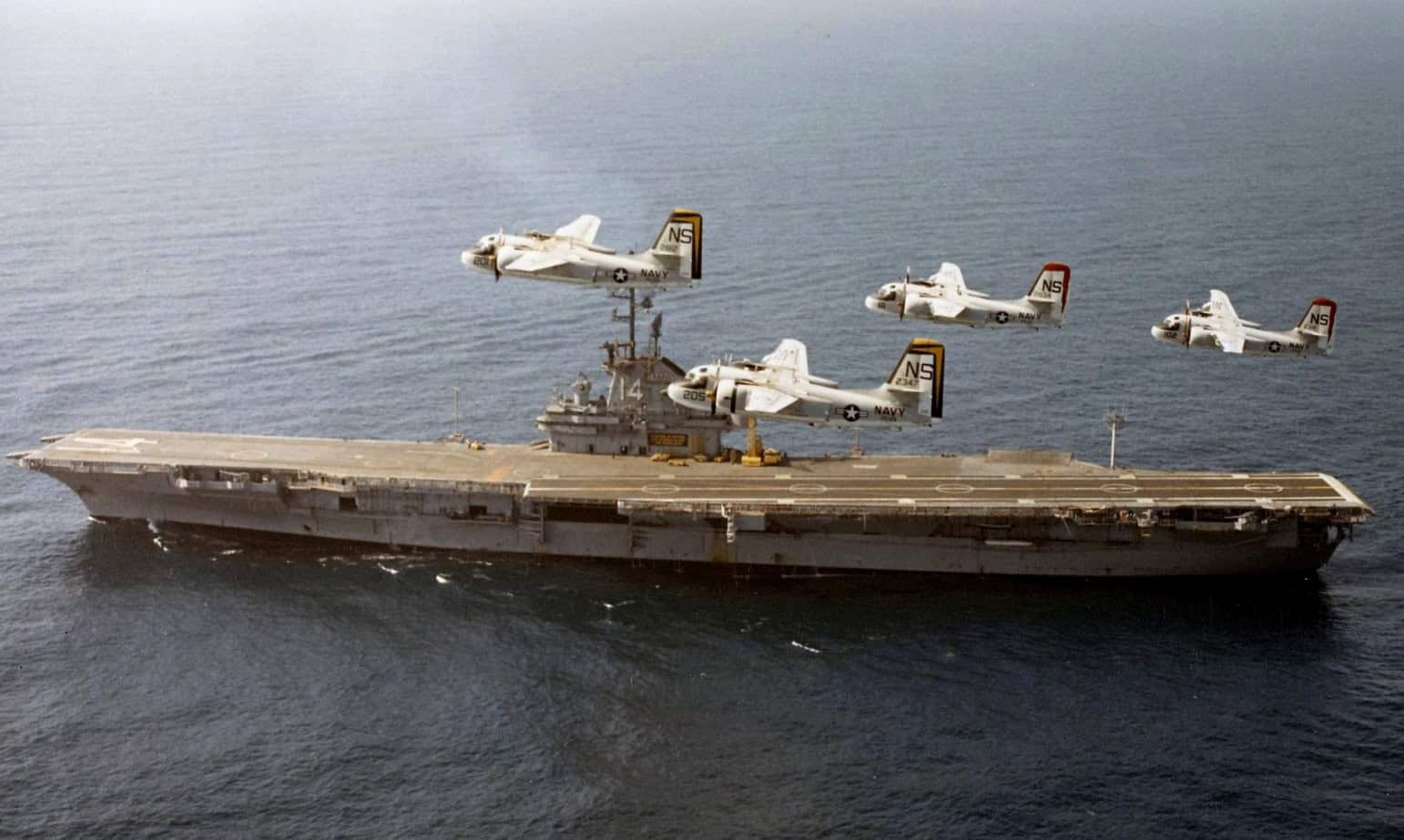

My summer home is Prescott, Arizona, where we have experienced several brush/forest fires. What a joy to see the Stoof retrofitted with turboprops flying overhead on its way to a fire!
I was a TACCO in VP-49 (Marlin 2 and Orion) and then served at NATC PAXRIV, where I sat in the right seat in several Stoof test flights. Beautiful bird!
I’ve read that Grumman designed a carrier-based Fleet Air Defence (FAD) submission to 1959 USN Technical Speculation 151 (TS-151) Fleet Air Defence (FAD) aircraft – aka Missileer, which itself was a derivative of the WF-2/E-1 Tracer.
This design was known as the Bendix-Grumman BSD160 – aka Grumman Design 123-F
The Design 123-F design incorporated the following:
– Powered by two turboprop engines;
– a fuselage weapons bay which accommodated six 100 miles (160 km) range Bendix AAM-M-10 Eagle long-range AAM’s;
– a powerful long-range Westinghouse AN/APQ-81 radar;
– A dedicated missile operator console.